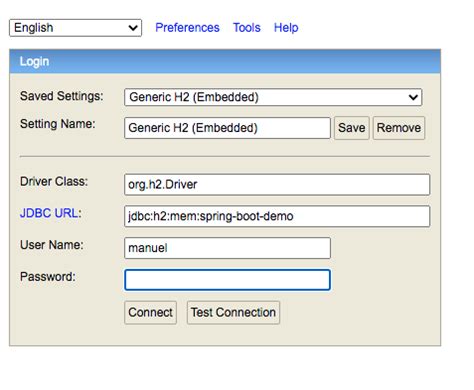Ethereum: How Will the Headers Prevent the Attack on Disc Lights
As One of the Main Cryptocurrencies, Ethereum Has Long Been A Target for Malicious Actors Who Seek to Exploit Its Network Vulnerabilities. One of these vulnerability is the disk filling attack, which has tormented the nodes on the network from the control points. In this article, we will om was our Ourselves on the way the headers the attacks of Fill Dis in Ethereum.
What is a disc filling attack?
A Disc Filling Attack Occurs When an Attacker Uses An Obsolete Version of the Ethereum Client to use Blocks with Low Difficulty. This allows the attacher to exploit a large number of blocks at a relatively low cost, ultimately leading to disk spaces on the nodes that synchronize and store blockchain data.
Control Points: A Solution to Disc Filling Attacks
In 2018, Checkpoint introduced an update from the Ethereum Client, which Considerably Improved Its Safety and its Performance. The New Version, code 80000, eliminated the “headers-st” fashion, a vulnerability that allowed the attackers to exploit the blocks with low difficultures and to fill the discs of the nodes.
How the Headers First Affect The Disk Flow Attack
Before the checkpoint update, the nodes operated in head-to-head mode, where they would like favor the reception of Network Headers on Data Processing. This meean that if an attacher exploited blocks with a low difficulty, he could flood a knot with headers, causing filler or disk space.
On the other hand, the headrests in fashion prioritize the treatment of the blocks via the reception of the header. Consistently, nodes can now run safely in this fashion without worrying about filling their records.
Impact on the Network
The update of the control point has a significant impact on the safety and performance of the Ethereum Network. By Eliminating The Disk Filling Attack, The Network Has Become More Resilient in Malicious Activity. The Nodes That Were PreviOutly Vulnerable to Disc Filler is Now Less Sensitive to this Type of Attack.
Conclusion
Ethereum’s Leading Mode was a critical vulnerability that allowed attackers to exploit the nodes on the network. The checkpoint update has Considerably Improved the Safety and Network Performance, which makes it more resistant to disc Filling Attacks. By Understanding How Headers First Affect The Disc Filling Attack, Developers and Users Can Better Appreciate the Importance of Prioritizing Blocks On Header Reception.
References:

- “Ethereum: a detailed overview” by blockgeeeks
- “Update of the Control Point: Elimination of Headrests Premium Fashion” by the Ethereum Blog
Note: This article is A Simplified Explanation of the subject. For more in -Depth Information, Please Consult Official Sources Such as the Ethereum White Paper and the Analysis Reports of the Blockchain of Companies Renowned as Chainalysis.
